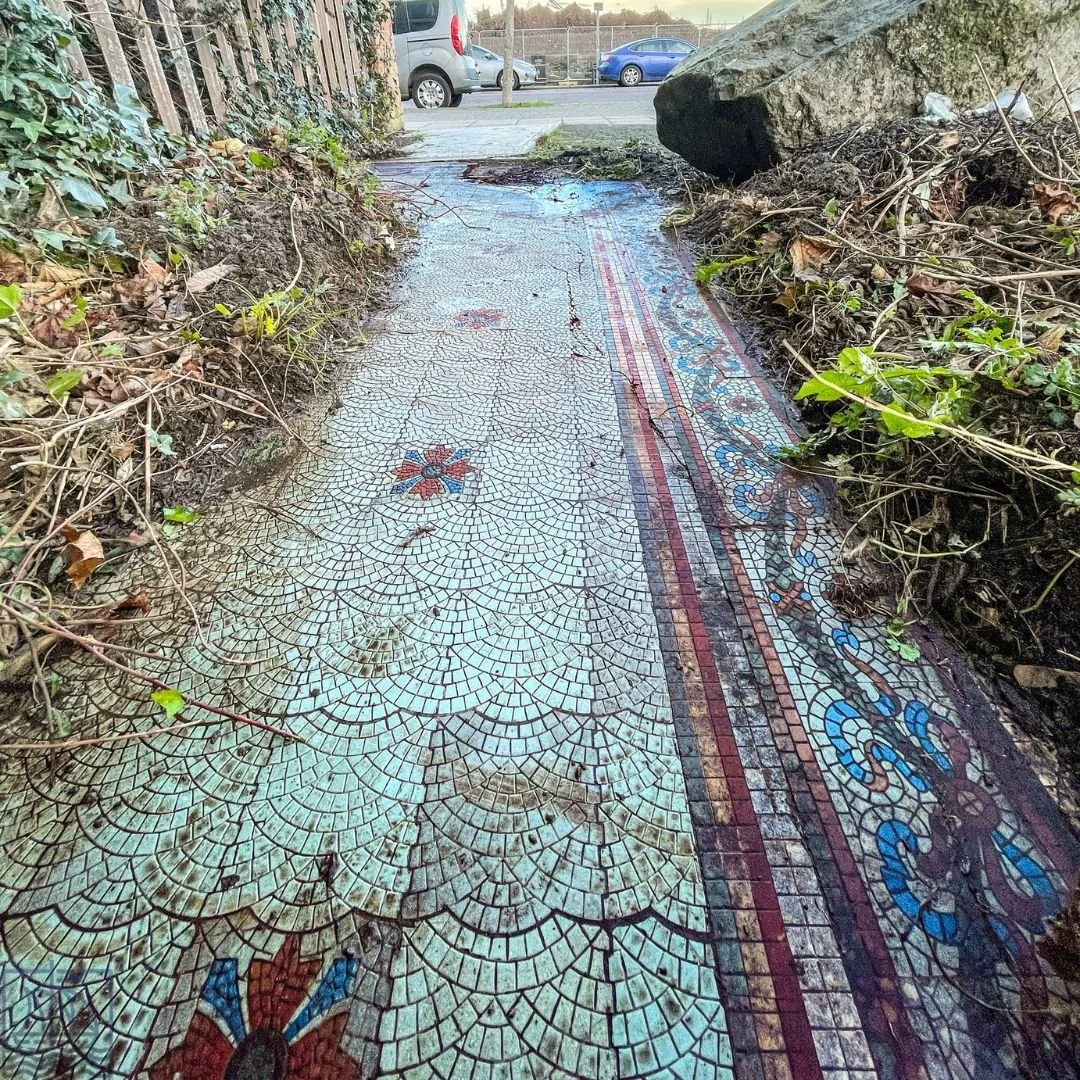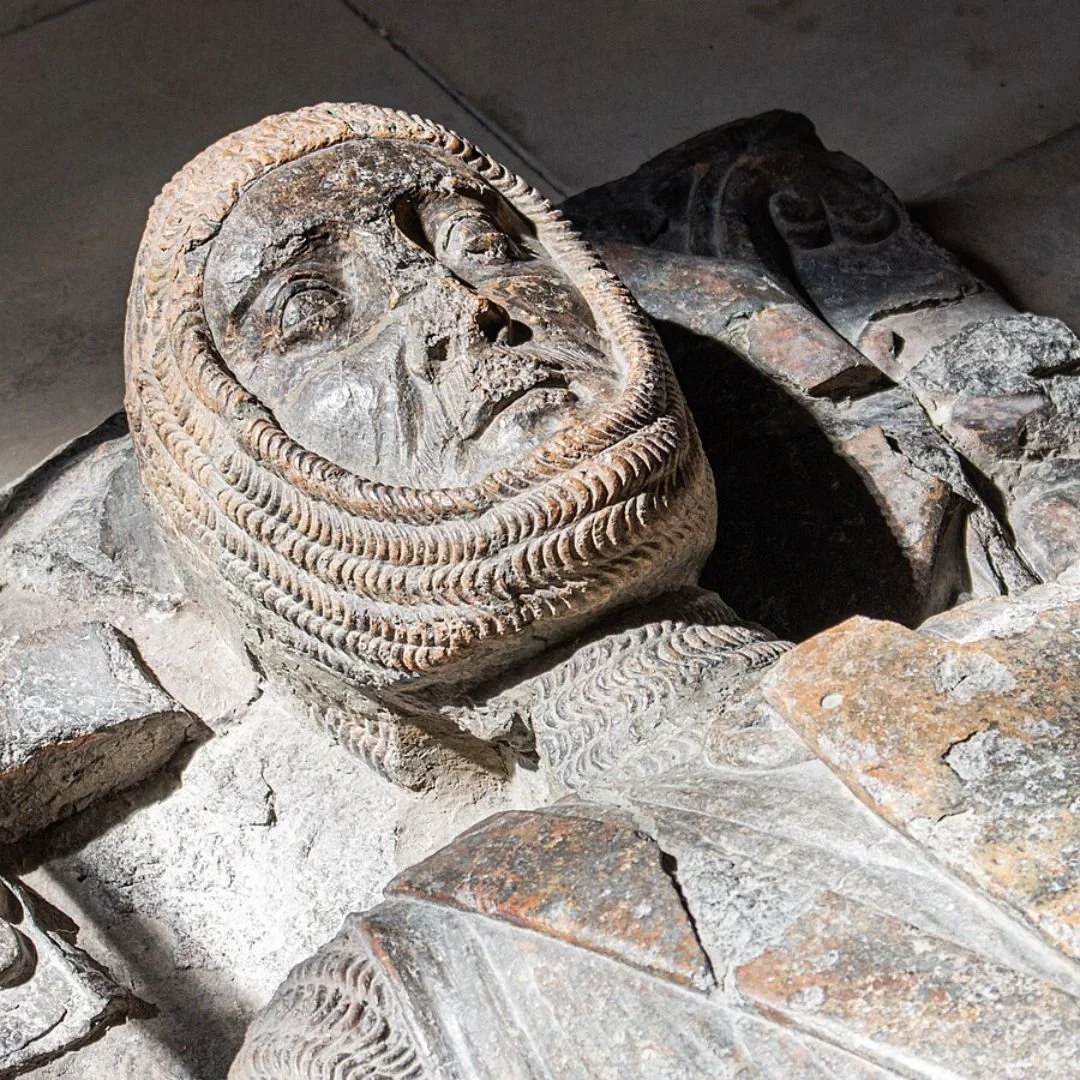The Priest House: Grade II* Listed 15th Century Hall House
The Priest House, as it's now known, was originally built in the 1420s by Lewes Priory in West Sussex to serve as an estate office for managing local manor lands.
Over the next century, it changed hands among several prominent figures, including Henry VIII, Thomas Cromwell, Anne of Cleves, Mary I, and Elizabeth I.
However, there is no evidence that any of them visited the property.
In 1560, Thomas Browne, an English polymath and author, purchased the property, marking the beginning of significant changes.
Originally an open hall house, Browne modernised it by adding fireplaces, a chimney, a first floor, and replacing the thatched roof with Horsham stone.
The Browne family owned the house until 1695, after which it passed to various owners who rented it out to agricultural workers.
By 1905, the building had fallen into near ruin until it was purchased and restored by John Godwin King.
In 1908, he opened it as a museum, showcasing his collection of locally gathered artefacts.
The service end of the building was converted into private accommodation for a custodian, a tradition that continues today as it remains the home of the resident curator.
In 1935, John Godwin-King gifted the Priest House, along with its collection, to the Society.
The collection features 17th and 18th century country furniture and household artefacts carefully gathered by Godwin-King.
Today, visitors have the opportunity to explore the house and its collection of domestic items and furniture from the 17th to 19th centuries.
On the first floor, visitors can view the Suffragette Handkerchief, which features 66 embroidered signatures and two sets of initials.
Most belong to women imprisoned at HMP Holloway for their involvement in the Women's Social and Political Union's window-smashing protests in March 1912.
The handkerchief was discovered at a local jumble sale by Dora Arnold, a custodian in the 1960s.
Its connection to the village of West Hoathly remains unclear, However, John Godwin King's daughter, Ursula, was a member of the National Union of Women's Suffrage Societies.
Research into its history is ongoing. A list of the signatories, along with notes on their activism, is available for reference.
Scattered throughout the house, including on the front door and the beam above the main fireplace, are several "witch marks" scratched into the wood.
These marks, formally known as apotropaic symbols, were thought to ward off witches and protect the home.
Dating back to the 17th century, they reflect the superstitions of the time.
Outside the front door, a rough slab of iron, a remnant from a local furnace, is embedded in the ground.
Iron was traditionally believed to repel witches, adding an extra layer of protection to the house.
The garden is also especially noteworthy.
John Godwin-King, a neighbour of renowned garden writer William Robinson of Gravetye Manor and a close friend of Gertrude Jekyll, shaped the garden's design.
Established in 1908, the cottage garden reflects Robinson’s philosophy of the ‘wild garden,’ with its planting still influenced by his naturalistic approach.
Someone who recently visited, said: “The resident Custodian was at the door to meet you, giving a feeling of being welcomed into someone's home.
”He gave a very pleasant informative, informal chat about the rooms, the items and the history.
”There are so many items on display and the rooms are furnished as they would have been in the 1500's.
”Old photographs in an album on the table and on the walls are so interesting.
”A fascinating walk up the staircase provides further items of interest and the bedroom itself takes you back in time.
”Well worth returning to again and just soak in the atmosphere.”
The property is also Grade 2 listed, meaning it’s of special interest, meaning alterations and building work can't be carried out without written consent from the relevant authorities.
If you’d like to visit, the address is: North Lane, West Hoathly, East Grinstead, West Sussex, East GrinsteadRH19 4PP.
Update: As of Sunday 8 September 2024, Google says the museum is temporarily closed - please check before visiting!
If you enjoyed this blog post, please follow Exploring GB on Facebook for daily travel content and inspiration.
Don’t forget to check out our latest blog posts below!
Thank you for visiting Exploring GB.



















